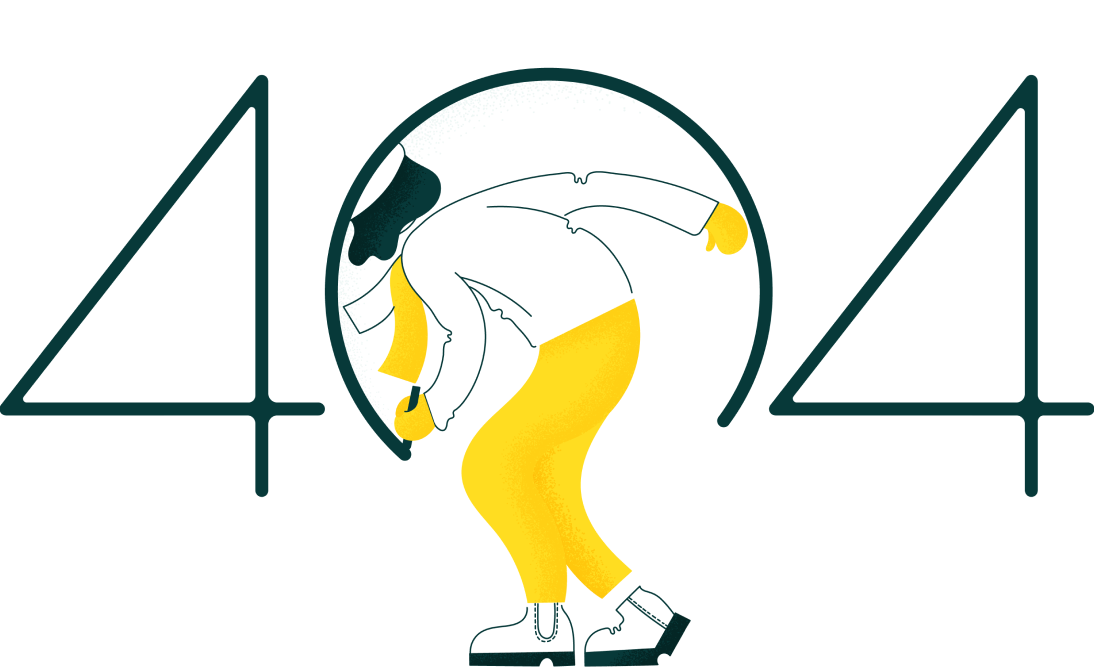The page you’re looking for can’t be found
Tjänstedesign är en metod för att arbeta med kunddriven affärsutveckling och skapa innovation. Vi hjälper dig kartlägga och.

Tjänstedesign är en metod för att arbeta med kunddriven affärsutveckling och skapa innovation. Vi hjälper dig kartlägga och.

